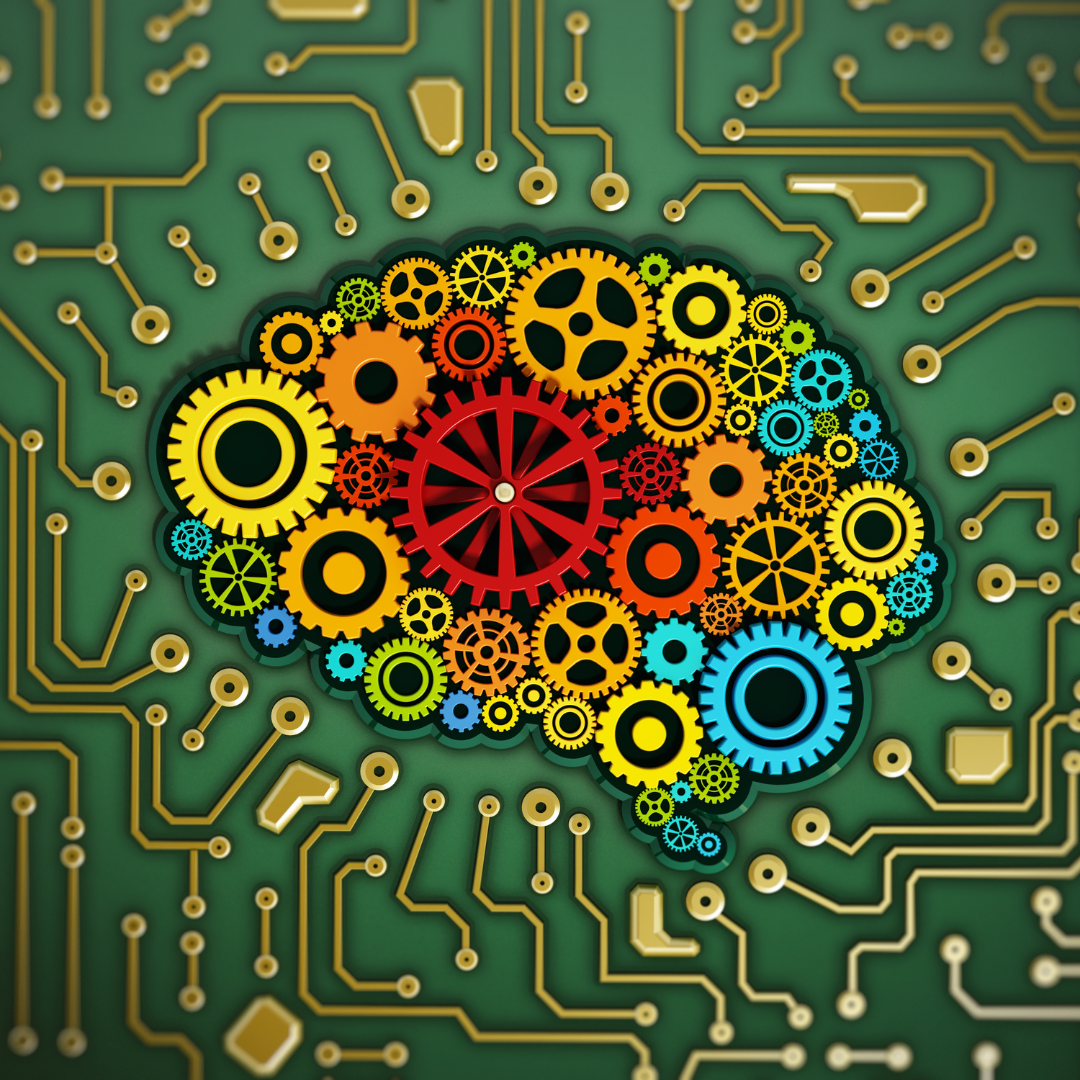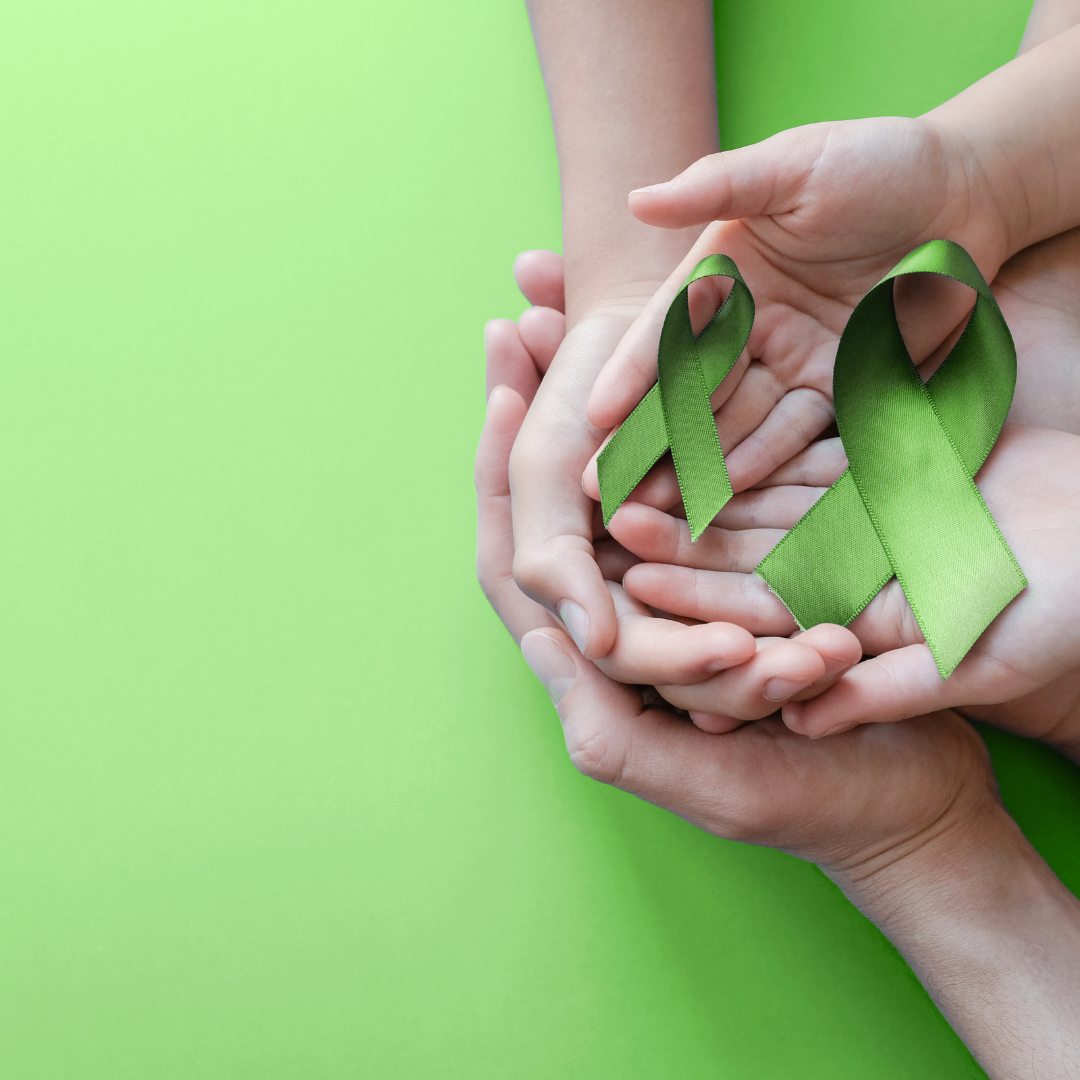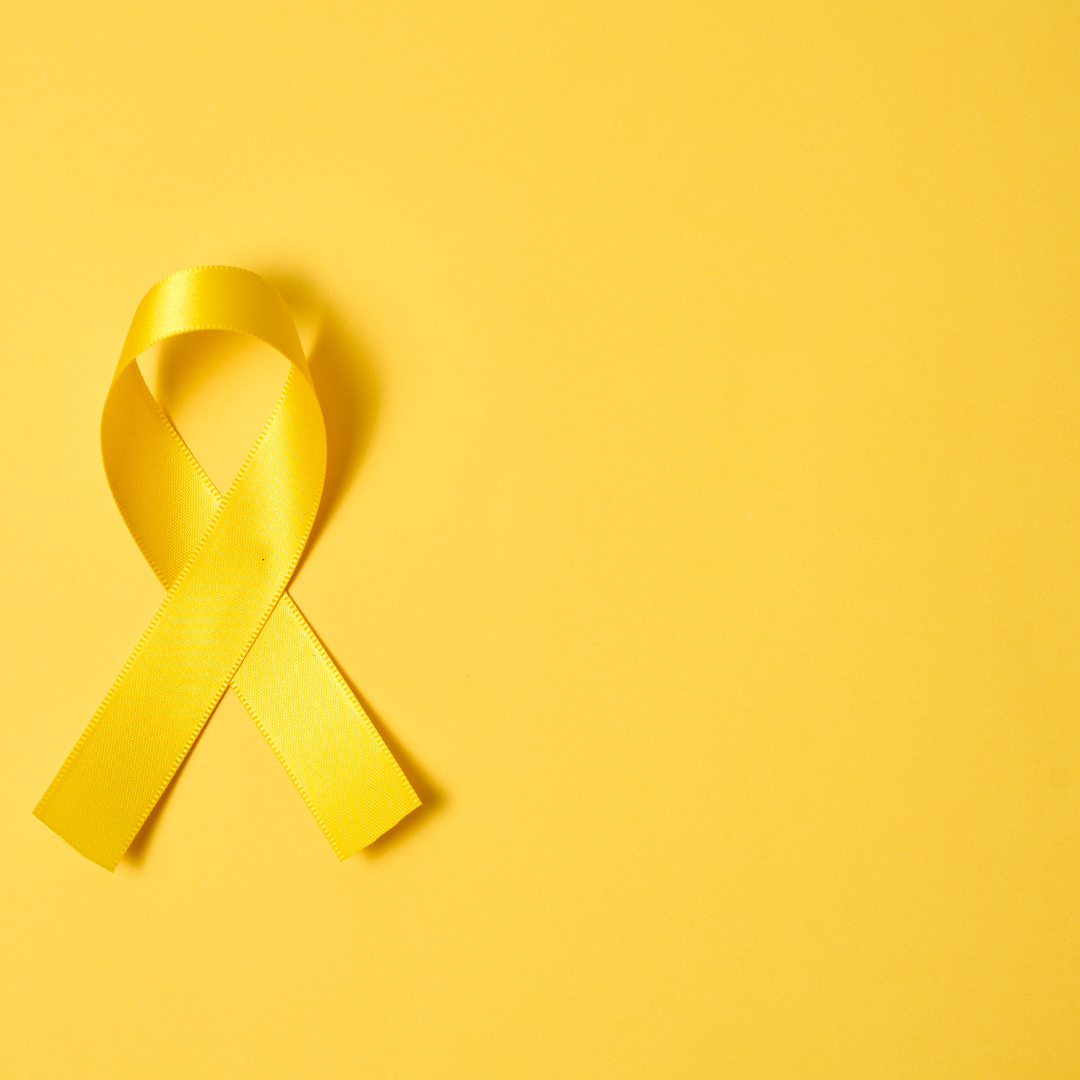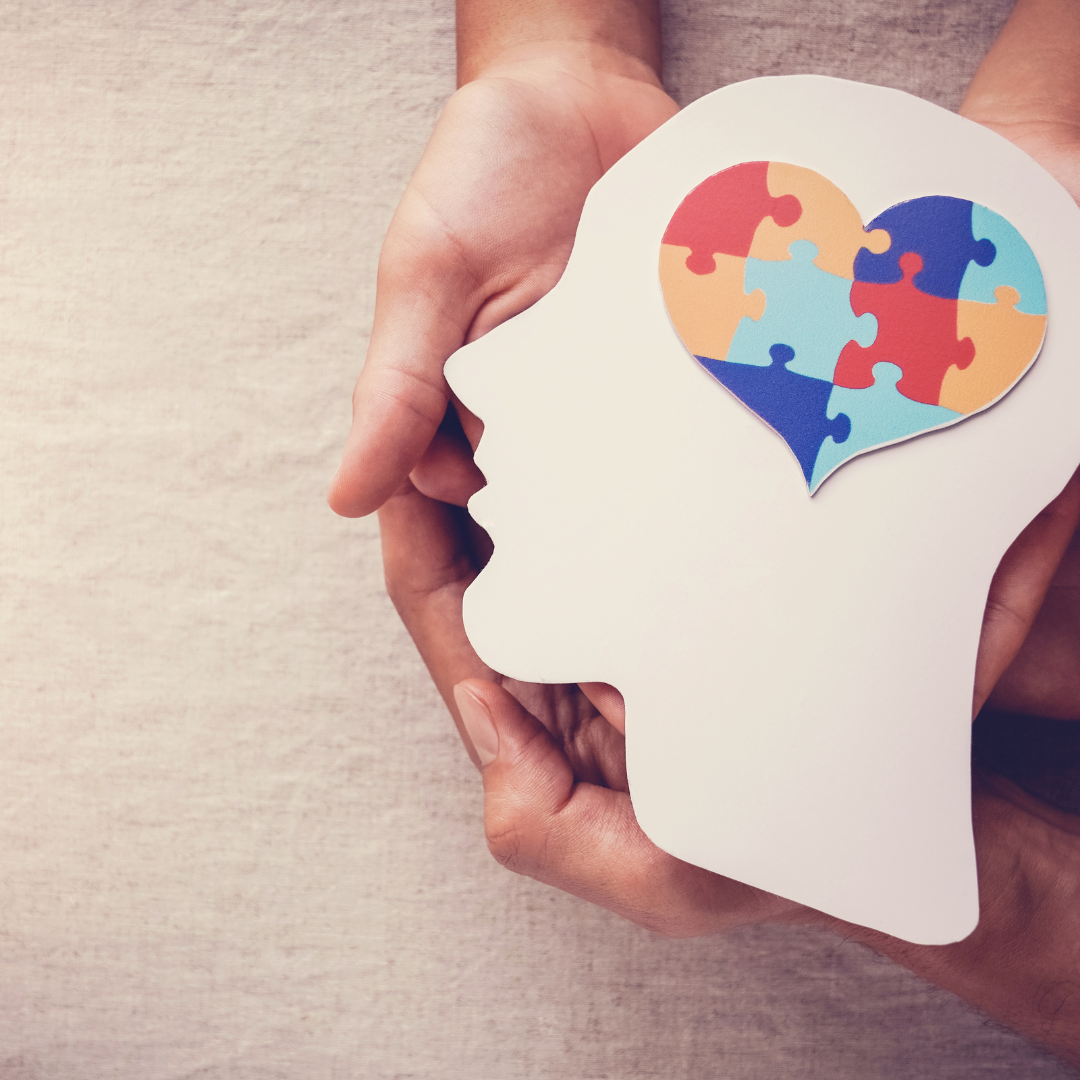Just Blogging It Out...

The Nervous System, Triggers & Glimmers!
Triggers have become part of our societal vocabulary as trauma becomes more openly spoken about. However, glimmers seem new to the conversation, and are extremely key around learning what activates us, both into states of survival, and of safety.
Glimmers are essentially the opposite of triggers!
The concept of triggers and glimmers exists within Polyvagal theory, which was developed by Dr. Stephen Porges (a behavioural neuroscientist) in the early 1990s. Deb Dana, a clinician, consultant, and lecturer specialising in complex trauma established the concept of triggers and glimmers as an expert in Polyvagal theory.
As Dana explains, “Trauma reshapes our system so that we are more prone to pathways of protection than pathways of connection.” This keeps us in a survival state instead of a thriving state.
Our goal is to not be here all the time. We are meant to fluctuate between states, with flexibility. It’s when we get stuck in a survival state, and can’t access the safe/connected place that we need help coming home to the ventral vagal state.
Triggers activate either the sympathetic nervous system or the dorsal vagal branch of the parasympathetic nervous system. This means that when trauma is trapped in our system, we go into a hyper-vigilant state, or our freeze response is activated, and we shut down. Neither is a healthy place to exist in for an extended period.
But glimmers are guided by our ventral vagal system. These make us feel safe, connected to ourselves and other people. Calling attention to our glimmers can bring a return to autonomic regulation, creating a meaningful shift in perspective.
Certain smells, places and people and so on activate us into a sympathetic response (our fight or flight response) or the parasympathetic response connected to the dorsal vagal (our freeze or collapse response).
Certain smells, places and people and so on can also activate us into our ventral vagal, the safe and connected zone of our parasympathetic nervous system. Those are our glimmers!
-What people, places, feelings, smells, sensations glimmer me back into feeling safe and connected?
-What glimmers are most effective when I am in a survival state?
-Which ones get me home from fight? Flight? Freeze? Submit?













